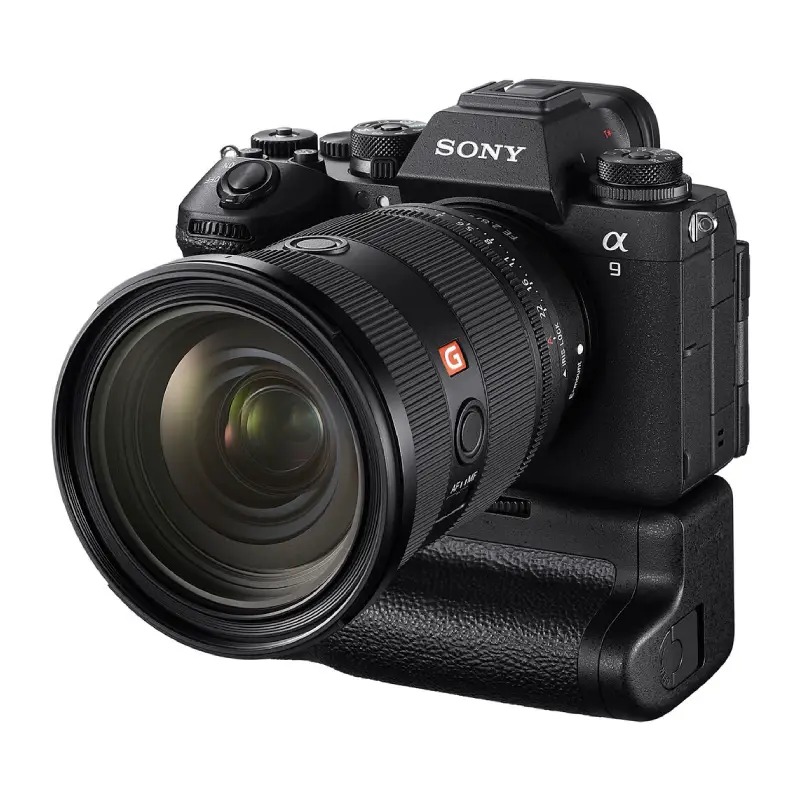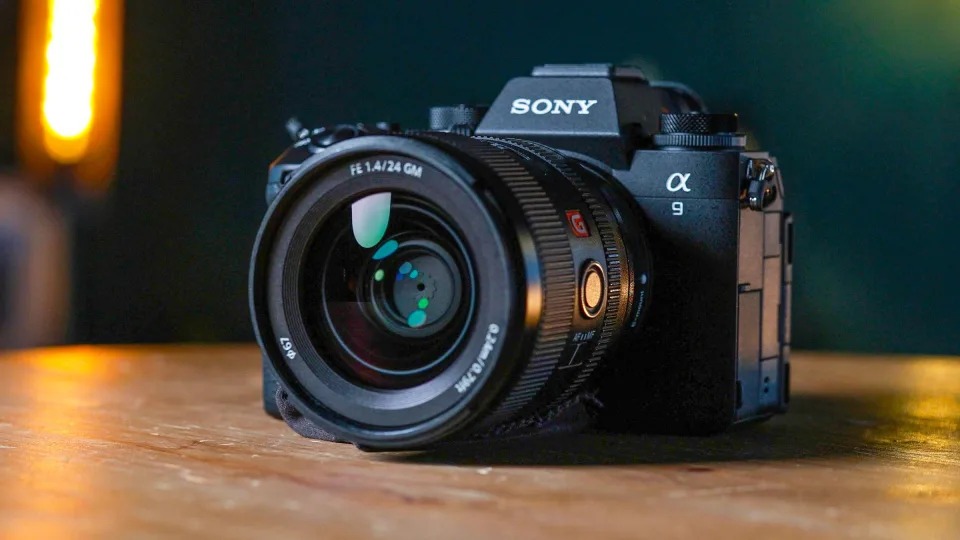Sony’s long-awaited A9 III camera announcement brings headline-grabbing specification boasts like 120 fps RAW bursts and global sensor shutters aiming firmly at professional sports and wildlife photographers needing uncompromised action capture.
But does meeting such an ultra-narrow professional niche justify the A9 III’s steep $6000 price tag? Let’s analyze its capabilities balancing strengths against weaknesses delineating target user considerations.
Blazing Fast Burst Shooting Performance
Undoubtedly, the A9 III’s most trumpeted capability involves sheer shooting speed marvels like:
- Up to 120 fps RAW image bursts
- Electronic shutter speed up to 1/400 seconds
- Minimal viewfinder blackout lag
These metrics crush comparable DSLRs, helping capture split-second action moments at full 24MP resolution that freeze faces mid- roar or track detailed ball rotation physics that elude human eyes.

Unmatched Speed Empowering Post-Production
Critically, retaining RAW editing flexibility at such blistering rates empowers photographers adjusting white balance, applying noise reduction, and processing up to 200 shots for composite emphasis unattainable elsewhere.
And buttery viewfinder refresh seamlessness aids composing images precisely amidst frenetic scenery never missing emotionally peak facial drama or ball release idealism.
The Power and Pitfalls of Global Sensor Shutters
Augmenting sheer burst performance, the A9 III debuts Sony’s inaugural full-frame global shutter removing mechanical focal plane obstruction plaguing fast-panning shots.
This eliminates distortion artifacts like rolling shutter skew critical photographing lateral racecar blurs or tennis racquet smash fluidity.
But criticism questions if Global Sensor Shutters justify 4x cost multiples over rolling counterparts given comparable image quality.
Niche Appeal for Distortion-Free Action
Ultimately, Global Sensor Shutters only provide advantages photographing intense lateral motion minimizing subject distortion.
Since most photography types involve less drastic movements, their benefits stay somewhat niche. But for motorsport, tennis, golf, or bird photographers, distortion elimination proves utterly game-changing.
Detailed Image Quality Analysis
Looking beyond just speed credentials, the A9 III leverages a respectable 24.6MP BSI CMOS Sensor and updated BIONZ XR processing engine retaining rich colors and wide dynamic range.
However, some critics argue resolution limitations inhibit capturing every intricate feather on a dove’s wings or the textured grit of a basketball mid-dunk.
And while low-light performance improves moderately, high ISO noise control still trails category frontrunners like the Nikon Z9 during bleacher shadow captures.
An Impressive But Not Class-Leading Sensor
In summary, the A9 III sensor outputs exquisite, accurate images benefitting RAW editing versatility – but fails meeting class-topping standards defined by modern rivals boasting resolution and high ISO dominance.
For the professional genres valuing sheer speed above all else, imaging fidelity only needs crossing minimum bars though.
The Price of Cutting-Edge Camera Tech
Without doubt, the Sony A9 III’s $6000 premium price slotting above existing A9 II models gives sticker-shock pause.
And Sony probably struggles moving huge sales volume given niche professional sports/wildlife target user bases.
But radically pushing technical limits incurs steep R&D investments eventually trickling down mainstream product lines.
Future-Proof Investment for the Right Photographer
Even disregarding niche speed advantages, one could argue that the A9 III offers smart professional investment.
After all, cutting-edge connectivity options like 5G and WiFi-6 better support remote journalism and instant uploads.
And dual UHS-II SD card slots provide ample buffer room for long shoots while supporting the fastest media formats.
So while certainly overkill for casual users, the A9 III keeps working professionals continuously capturing without disruption when opportunities arise.










Add Comment